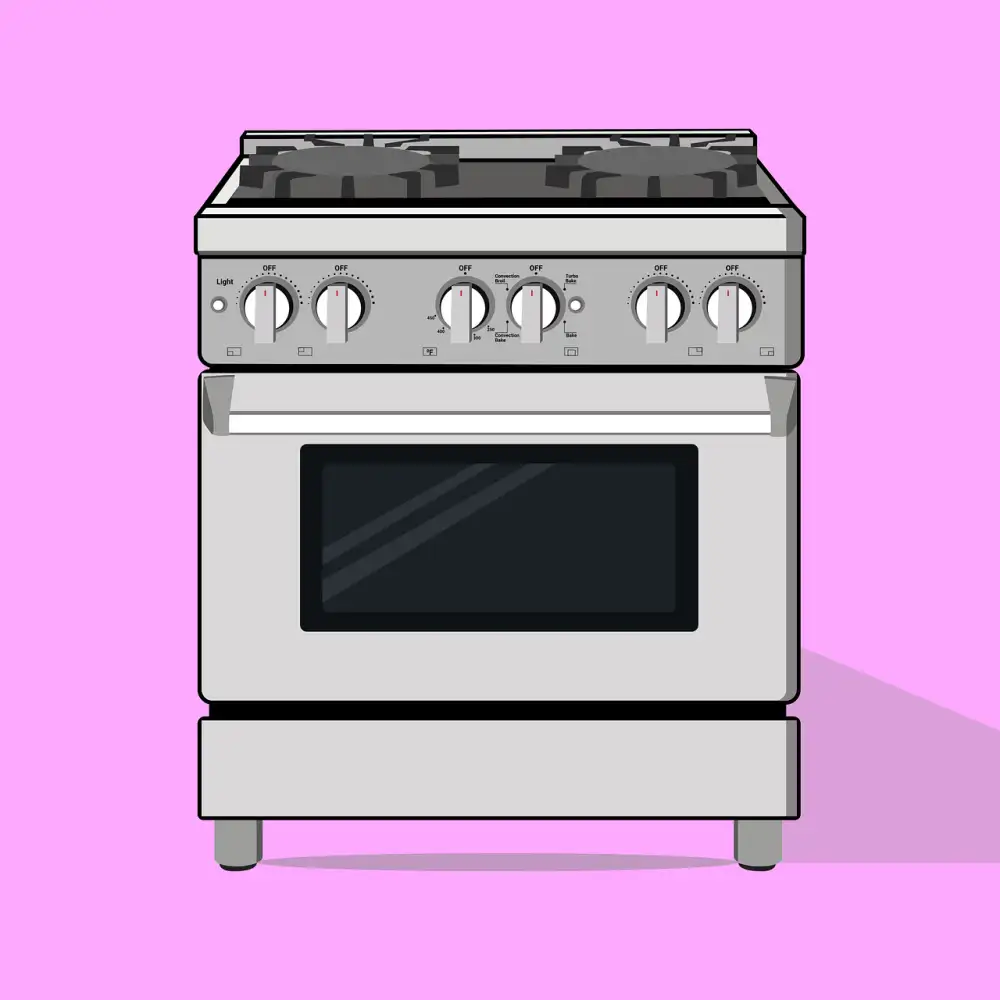Mastering Your Convection Oven: Essential Tips for Home Cooks

- Understanding the Differences Between Conventional and Convection Ovens
- Preheating Your Convection Oven
- Adjusting Cooking Times and Temperatures for Convection Cooking
- Proper Placement of Oven Racks for Even Cooking
- Using the Right Cookware for Convection Cooking
- Avoiding Overcrowding in the Oven
- Tips for Cleaning and Maintaining Your Convection Oven
- Troubleshooting Common Issues with Convection Ovens
Convection ovens are a game-changer in the world of home cooking, offering faster and more even cooking results compared to conventional ovens. The key feature of a convection oven is its fan system, which circulates hot air around the food, allowing for quicker heat transfer and more efficient cooking. This constant airflow also helps to eliminate hot spots within the oven, ensuring that your dishes are cooked uniformly. Whether you're baking, roasting, or broiling, mastering the use of a convection oven can elevate your culinary skills and enhance the flavors and textures of your dishes.
Understanding the Differences Between Conventional and Convection Ovens
When it comes to cooking, understanding the differences between conventional and convection ovens is crucial. Conventional ovens use radiant heat that envelops food, cooking it from the outside in. On the other hand, convection ovens have a fan and exhaust system that circulates hot air around the food, cooking it more evenly and efficiently. This circulating air reduces cooking time by about 25% and can also lead to better browning and crisping of foods. It's important to note these variations when transitioning from a conventional oven to a convection oven for optimal results in your cooking endeavors.
Preheating Your Convection Oven
Preheating your convection oven is crucial for achieving optimal cooking results. Unlike conventional ovens, convection ovens require less preheating time due to their efficient air circulation system. It is recommended to preheat your convection oven approximately 25 degrees Fahrenheit lower than the recipe suggests to account for the faster and more even cooking process. This adjustment helps prevent overcooking and ensures that your food cooks evenly from start to finish. Always wait for the preheat indicator light to signal that the oven has reached the desired temperature before placing your food inside for best results.
Adjusting Cooking Times and Temperatures for Convection Cooking
When using a convection oven, it's essential to adjust both cooking times and temperatures for optimal results. Due to the circulating hot air in convection ovens, food tends to cook faster and more evenly than in conventional ovens. As a general rule of thumb, you can reduce the cooking temperature by 25 degrees Fahrenheit and decrease the cooking time by about 25% when using a convection oven compared to a traditional oven recipe. It's important to keep an eye on your food as it cooks, especially the first few times you use your convection oven, to ensure that it doesn't overcook. By making these adjustments, you'll achieve perfectly cooked dishes with a crispy exterior and moist interior every time.
Proper Placement of Oven Racks for Even Cooking
When using a convection oven, it's crucial to place your oven racks in the correct positions to ensure even cooking. For optimal results, place one rack in the center of the oven and another rack just below it. This setup allows hot air to circulate evenly around the food, promoting consistent cooking throughout. Avoid placing pans too close to the sides or back of the oven, as this can disrupt airflow and lead to unevenly cooked dishes. By following these simple guidelines, you can achieve perfectly cooked meals every time you use your convection oven.
Using the Right Cookware for Convection Cooking
When using a convection oven, it is essential to choose the right cookware to ensure optimal cooking results. Opt for pans and baking sheets with low sides to allow hot air to circulate evenly around the food. Avoid covering the entire rack with large, heavy dishes as this can block airflow and lead to uneven cooking. Use light-colored pans to prevent excessive browning or burning of food due to faster cooking times in a convection oven. Additionally, consider using non-stick or parchment paper to prevent sticking and make cleanup easier after cooking. By selecting the appropriate cookware, you can maximize the benefits of convection cooking and achieve delicious results every time.
Avoiding Overcrowding in the Oven
When using a convection oven, it's crucial to avoid overcrowding the oven with too many dishes at once. Overcrowding can block the airflow in the oven, preventing hot air from circulating properly and leading to uneven cooking. To ensure even cooking and optimal results, leave enough space between dishes for the hot air to circulate freely. If you need to cook multiple dishes simultaneously, consider using baking sheets with low sides or rotating the dishes halfway through the cooking process to promote even airflow. By avoiding overcrowding in your convection oven, you'll achieve better results and more consistent cooking outcomes.
Tips for Cleaning and Maintaining Your Convection Oven
When it comes to cleaning and maintaining your convection oven, regular upkeep is key to ensuring its longevity and efficiency. Here are some essential tips to keep your oven in top condition:
1. **Regular Cleaning:** Wipe down the interior of the oven with a damp cloth after each use to remove any food spills or grease buildup. For tougher stains, use a mild oven cleaner following the manufacturer's instructions.
2. **Cleaning the Oven Racks:** Remove the oven racks and soak them in warm, soapy water to loosen any baked-on residue. Scrub them with a non-abrasive sponge or brush before rinsing and drying thoroughly.
3. **Cleaning the Exterior:** Wipe down the exterior of the oven with a gentle cleaner and a soft cloth to remove fingerprints, smudges, and spills. Avoid using abrasive cleaners that can damage the finish.
4. **Ventilation Maintenance:** Check the vents of your convection oven regularly to ensure they are free from debris or blockages that could affect airflow and cooking performance.
5. **Professional Maintenance:** Schedule professional maintenance checks as recommended by the manufacturer to address any internal issues and ensure optimal functioning of your convection oven.
By following these simple cleaning and maintenance tips, you can prolong the life of your convection oven and continue enjoying delicious meals cooked with precision and efficiency.
Troubleshooting Common Issues with Convection Ovens
1. Uneven Cooking: If you notice that your food is cooking unevenly in a convection oven, it may be due to improper placement of the oven racks. Make sure to place the food in the center of the oven and avoid overcrowding.
2. Excessive Browning: If your food is browning too quickly or excessively in a convection oven, try reducing the temperature by 25 degrees Fahrenheit and monitoring the cooking time closely.
3. Inconsistent Baking: If your baked goods are not turning out as expected, it could be due to using the wrong type of cookware. Opt for light-colored metal pans to prevent excessive browning on the bottom.
4. Fan Not Working: If you find that the fan in your convection oven is not working, it may need to be replaced or repaired by a professional technician to ensure proper air circulation for even cooking.
By addressing these common issues and following proper convection oven techniques, you can enhance your cooking experience and achieve delicious results every time.
In conclusion, mastering your convection oven can elevate your cooking experience to a whole new level. By understanding the differences between conventional and convection ovens, preheating properly, adjusting cooking times and temperatures, and using the right cookware, you can achieve perfectly cooked dishes every time. Remember to avoid overcrowding the oven for even cooking and always maintain your oven by cleaning it regularly. If you encounter any issues, refer to the troubleshooting guide provided by the manufacturer. With these tips in mind, you'll be well on your way to becoming a convection cooking pro!
Published: 12. 04. 2024
Category: Home



